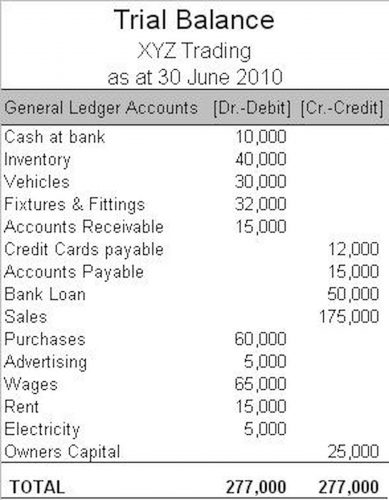
In the case of absorption costing, the fixed production cost is carried forward from year to year as a part of inventory cost. Neither the unit cost is affected nor the amounts of profit by the impact of fixed costs since fixed costs are not considered at all for inventory valuation. If price per unit sold is $4.5, calculate net income under the absorption costing and reconcile it with variable costing net income which comes out to be $20,727.
Absorption Costing – Disadvantages

Difference in the size or magnitude of opening and closing stocks not only affects the unit cost of production but profit also in the case of absorption costing due to the impact of fixed cost. In the case of marginal costing, however, there is no such problem with regard to the size of opening and closing stocks. In the case of marginal costing, however, fixed costs are treated as period costs. As such, profitability of a product is determined by the amount of contribution generated by it and its profit/volume ratio. In the case of absorption costing, costs or expenses are classified on the basis of functions, such as production costs, administration, selling and distribution costs. In the case of marginal costing, however, costs are classified on the basis of nature or variability, i.e., fixed and variable costs.

Accounting for Overheads
- Absorption Costing can provide a complete picture of the financial cost calculation.
- Generally accepted accounting principles only require absorption costing for external reporting, not internal reporting.
- If the actual amount of overhead turns out to be different from the standard amount of overhead, then the overhead is said to be either under absorbed or over absorbed.
- Based on what happens to the product, it will be considered under the inventory calculation or considered under sales revenue and profit calculation.
- However, they still incur fixed costs such as office space rent, utilities, and salaried personnel.
- One of the main impacts of absorption costing on financial statements is that it can affect the profitability of a company.
If you want a more accurate portrayal of your company’s financial situation, you should use absorption costing. However, variable costing may be your better option if you want to save money. It is very important to understand the concept of the AC formula because it helps a company determine the contribution margin of a product, which eventually helps in the break-even analysis.
Manufacturing Sector
Finally, Absorption Costing provides a comprehensive approach to cost accounting by including all manufacturing costs. This ensures no cost is left out, providing Bookkeeping for Painters a more accurate and complete picture of a company’s financial performance. Finally, the costs are computed by allocating the cost pools to the products based on usage. This involves dividing the total cost of each pool by the total usage to get a price per resource unit, which is then multiplied by the amount used by each product. This step ensures that each product absorbs a fair share of the total manufacturing costs.
Definition of Marginal Costing

However, this is too time-consuming and is normal balance not very cost-effective when all we want is to allocate costs to be following GAAP/IFRS. The absorption costing method comes with several advantages and disadvantages when compared to other costing approaches. As we discussed above, it offers more information than the traditional marginal costing but comes with some limitations against the ABC method. Compliance with the reporting standards is also an added advantage of absorption costing against the marginal costing method. In addition to the direct material and labour costs, this method also includes the necessary over head costs.
- Does not meet GAAP requirements – under GAAP product costs are not expensed in the period incurred, they become inventory.
- Regularly reviewing production data ensures that overhead allocation aligns with real-time operations, maintaining cost accuracy and supporting informed financial decision-making.
- This has the effect of carrying over fixed costs from one period to another along with the closing stock.
- This means that every expense incurred by your company gets folded into the cost of your products or services, from labor to raw materials to office supplies and everything in between.
- Regularly conducting cost analysis ensures that period costs, such as administrative costs, are properly separated from production costs.
- Converselty, Absorption costing or otherwise known as full costing, is a costing technique in which all costs, whether fixed or variable are absorbed by the total units produced.
- On the other hand, absorption costing can also provide useful information for decision-making.

When choosing a technique for pricing inventory, the primary purpose is to pick the one that most accurately reflects recurring revenue. In other words, to match the actual expenses of an absorption costing item sold to its corresponding revenues, which, depending on the conditions surrounding a company, may be challenging to do in reality. The Internal Revenue Service (IRS) has specific rules regarding the costs required to be capitalized (absorbed) into inventory in the United States. Entities may wish, when it is appropriate, to conform their inventory accounting for financial reporting and taxation purposes.
Absorption Costing – 5 Main Objectives
It is not possible to prepare a flexible budget without making this distinction. Valuation of stock complies with the accounting standards and fixed manufacturing costs are absorbed into stocks. Net profit reported under both the techniques differ from one another when sales for the year are more or less than production, i.e., sales and production are out of balance.